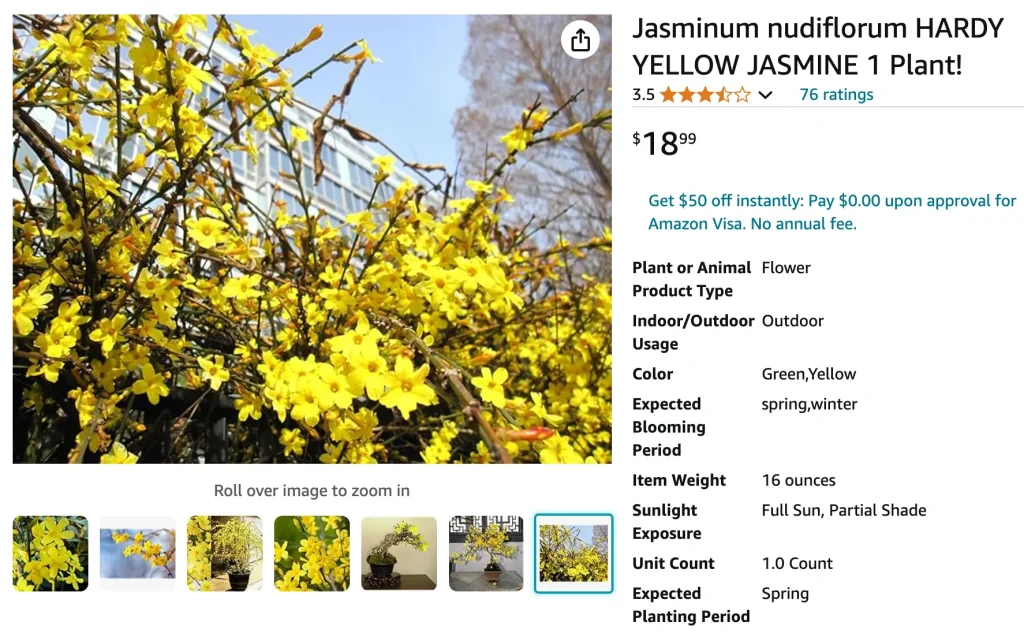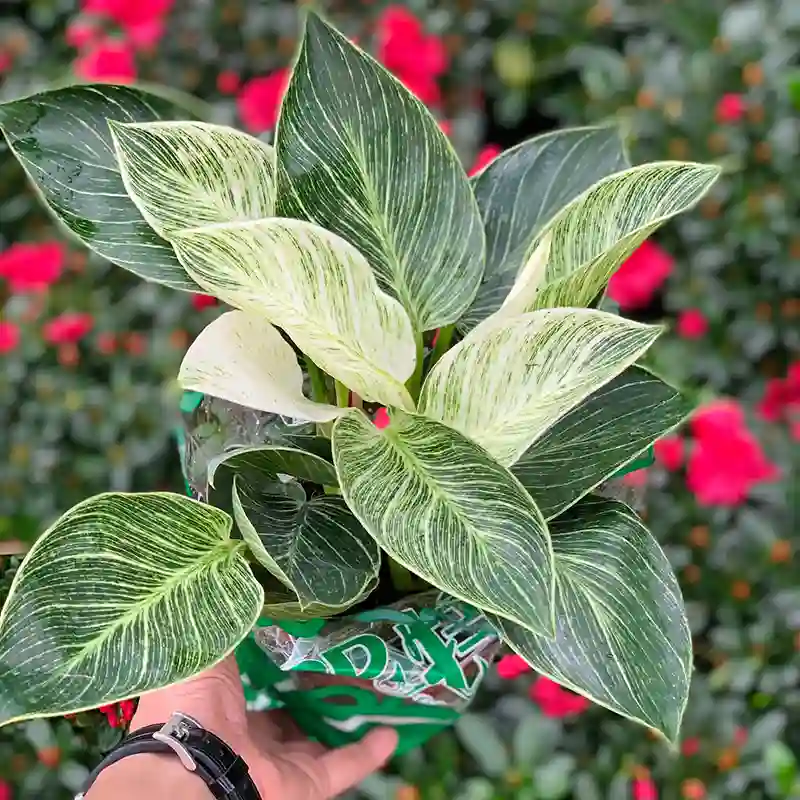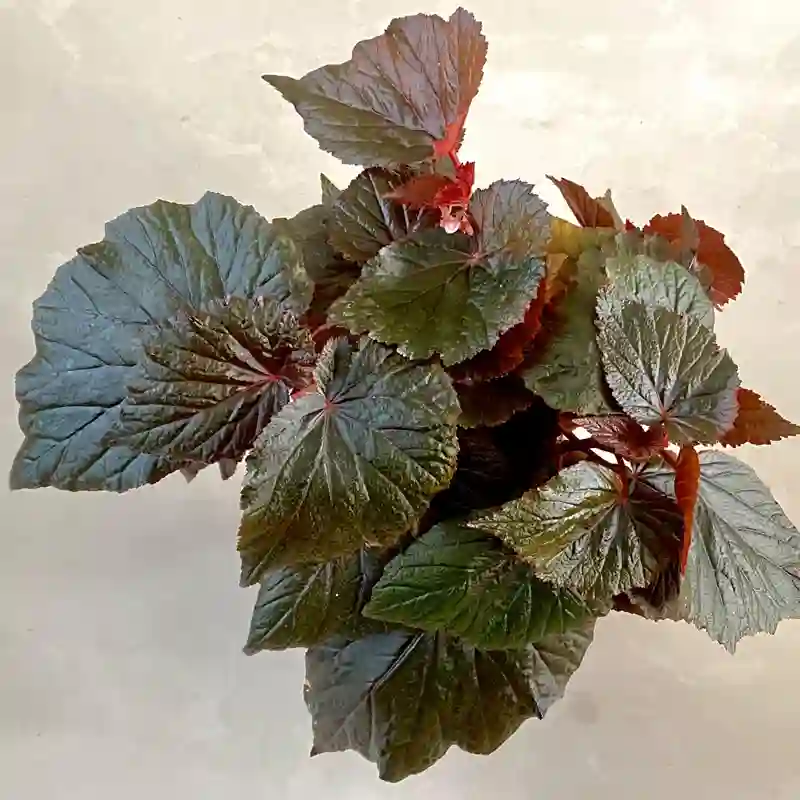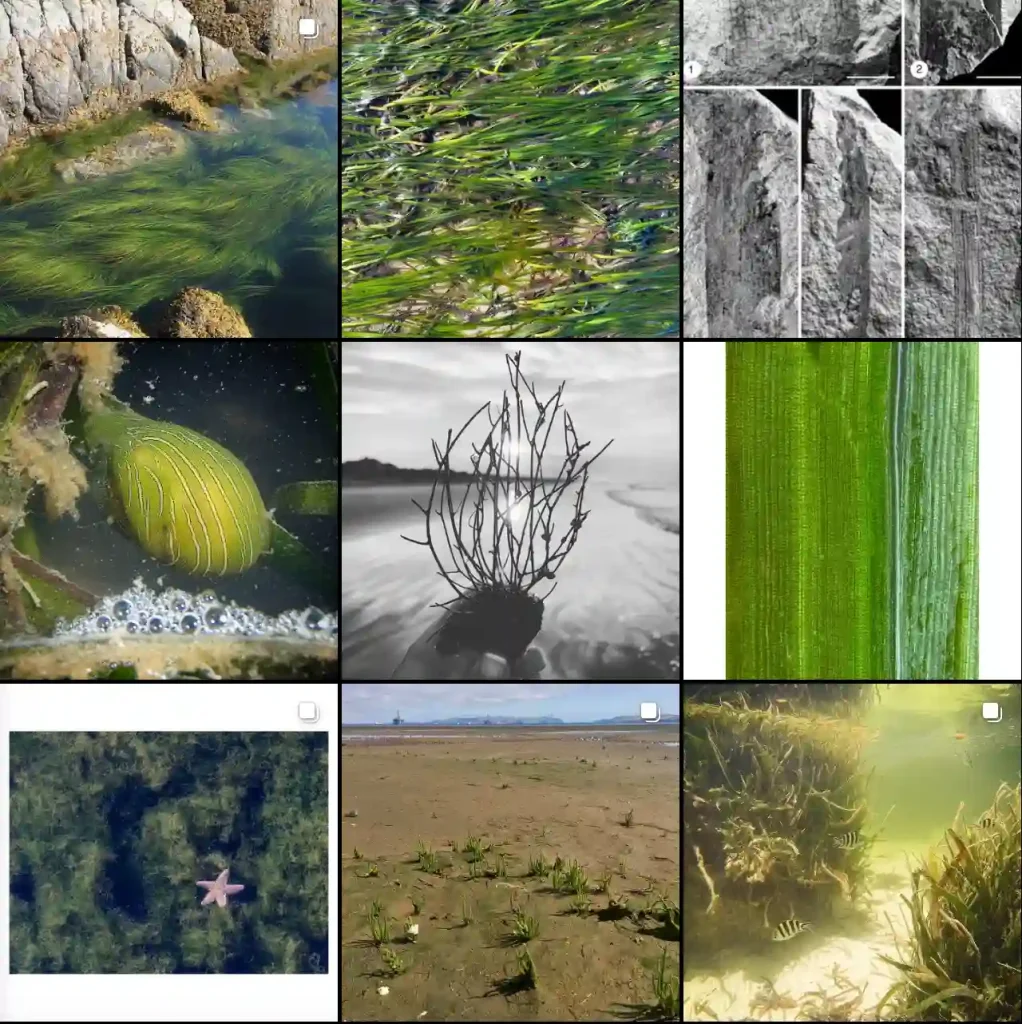
FAQs About Jasminum Nudiflorum
As a gardening enthusiast, I’ve always been fascinated by the different plants I come across, and Jasminum Nudiflorum, commonly known as Winter Jasmine, is no exception. This delightful shrub has garnered a lot of questions from fellow gardeners. In this article, I’ll address some of the most frequently asked questions about Jasminum Nudiflorum, sharing insights from my own experiences.
202 Species in Genus Jasminum
Is Jasminum Nudiflorum Fragrant?
One of the first questions many people ask about Jasminum Nudiflorum is whether it has a fragrance. Unlike its more aromatic relatives, such as Jasminum sambac, Winter Jasmine is not known for its strong scent. The blooms of Jasminum Nudiflorum are small and yellow, and while they are visually striking, they lack the intense fragrance that some other jasmine varieties possess. This makes it an excellent choice for gardens where fragrance is not a primary concern.
Is Jasminum Nudiflorum Evergreen?
Jasminum Nudiflorum is not evergreen. Unlike evergreen plants that maintain their foliage throughout the year, Winter Jasmine is deciduous. This means it loses its leaves in the fall, making way for a more bare appearance during the winter months. However, its bright yellow flowers that bloom in late winter and early spring offer a cheerful burst of color during a time when many other plants are still dormant.
How to Prune Jasminum Nudiflorum?
Pruning Jasminum Nudiflorum is essential for maintaining its shape and encouraging healthy growth. I find that the best time to prune this shrub is in late spring, after the flowering period has ended. Here’s a simple guide on how to prune it:
- Remove Dead or Diseased Wood: Start by cutting out any dead or diseased branches. This helps to keep the plant healthy and prevents the spread of disease.
- Shape the Plant: Trim back any overly long or unruly branches to maintain a tidy shape. Winter Jasmine can grow quite vigorously, so regular pruning helps manage its growth.
- Encourage New Growth: Cut back some of the older stems to encourage new growth. This will help the plant produce more blooms in the following season.
Is Jasminum Nudiflorum Poisonous?
For those with pets or young children, knowing whether a plant is poisonous is crucial. Jasminum Nudiflorum is not considered toxic to humans or animals. Its lack of toxicity makes it a safer choice for gardens where children or pets are active. However, as with any plant, it’s a good idea to discourage ingestion of plant material by pets and children.
When to Plant Jasminum Nudiflorum?
The best time to plant Jasminum Nudiflorum is in the spring or fall. Planting during these seasons gives the shrub ample time to establish its roots before extreme weather conditions hit. Here’s a simple planting guide:
- Choose the Right Location: Winter Jasmine thrives in full sun to partial shade. It prefers well-drained soil, so ensure your planting area has good drainage.
- Prepare the Soil: Enrich the soil with compost or well-rotted manure to improve soil structure and fertility.
- Planting: Dig a hole twice the width of the root ball and the same depth. Place the shrub in the hole, fill it with soil, and water thoroughly.
How to Care for Jasminum Nudiflorum?
Caring for Jasminum Nudiflorum involves a few key practices to ensure its health and vibrant blooms:
- Watering: Keep the soil consistently moist but not waterlogged. During dry spells, increase watering to keep the soil from drying out completely.
- Fertilizing: Feed the plant with a balanced fertilizer in early spring to promote healthy growth and blooming.
- Mulching: Apply a layer of mulch around the base of the plant to help retain soil moisture and suppress weeds.
How to Propagate Jasminum Nudiflorum?
If you’re interested in growing more Winter Jasmine, propagation is a straightforward process:
- Cuttings: Take semi-hardwood cuttings in late summer or early fall. Dip the cut end in rooting hormone and plant it in a pot with well-draining soil.
- Layering: You can also propagate by layering. Bend a low branch to the ground, cover it with soil, and keep it moist until roots develop. Then, cut it from the parent plant and transplant it.
What to Plant With Jasminum Nudiflorum?
Winter Jasmine pairs well with other winter and early spring bloomers. Consider planting it alongside:
- Hellebores: Their evergreen foliage and winter blooms complement the bright yellow flowers of Winter Jasmine.
- Daphne: Known for its fragrant flowers, Daphne adds a contrasting fragrance to the visually appealing Jasmine.
Common Problems with Jasminum Nudiflorum
While Winter Jasmine is generally easy to care for, it can encounter a few issues:
- Pests: Watch for aphids and spider mites, especially in dry conditions. Treat infestations with insecticidal soap or neem oil.
- Diseases: Powdery mildew can be a problem in humid conditions. Improve air circulation and avoid overhead watering to reduce the risk.
Can You Grow Jasminum Nudiflorum Indoors?
While Jasminum Nudiflorum is typically grown outdoors, it can be grown indoors in a large pot if given enough light. Ensure it receives plenty of bright, indirect light and maintain a cool temperature to mimic its natural conditions.
Jasminum Nudiflorum is a charming and hardy plant that adds color to the garden during the colder months. By understanding its care requirements and addressing common concerns, you can enjoy its beauty and resilience in your garden.
If i die, water my plants!



